Imagine the world where people with severe mobility impairments could shed their limitations and move freely, unbound by the constraints of their physical conditions. This isn’t the script for a sci-fi movie; it’s unfolding before our eyes, thanks to the groundbreaking advancements in the realm of soft robotic exoskeletons. In this deep dive, we’ll explore how a blend of fabric and intelligent design is redefining the lives of individuals with Parkinson’s disease.
The Rise of Robotic Exoskeletons: From Sci-Fi to Reality
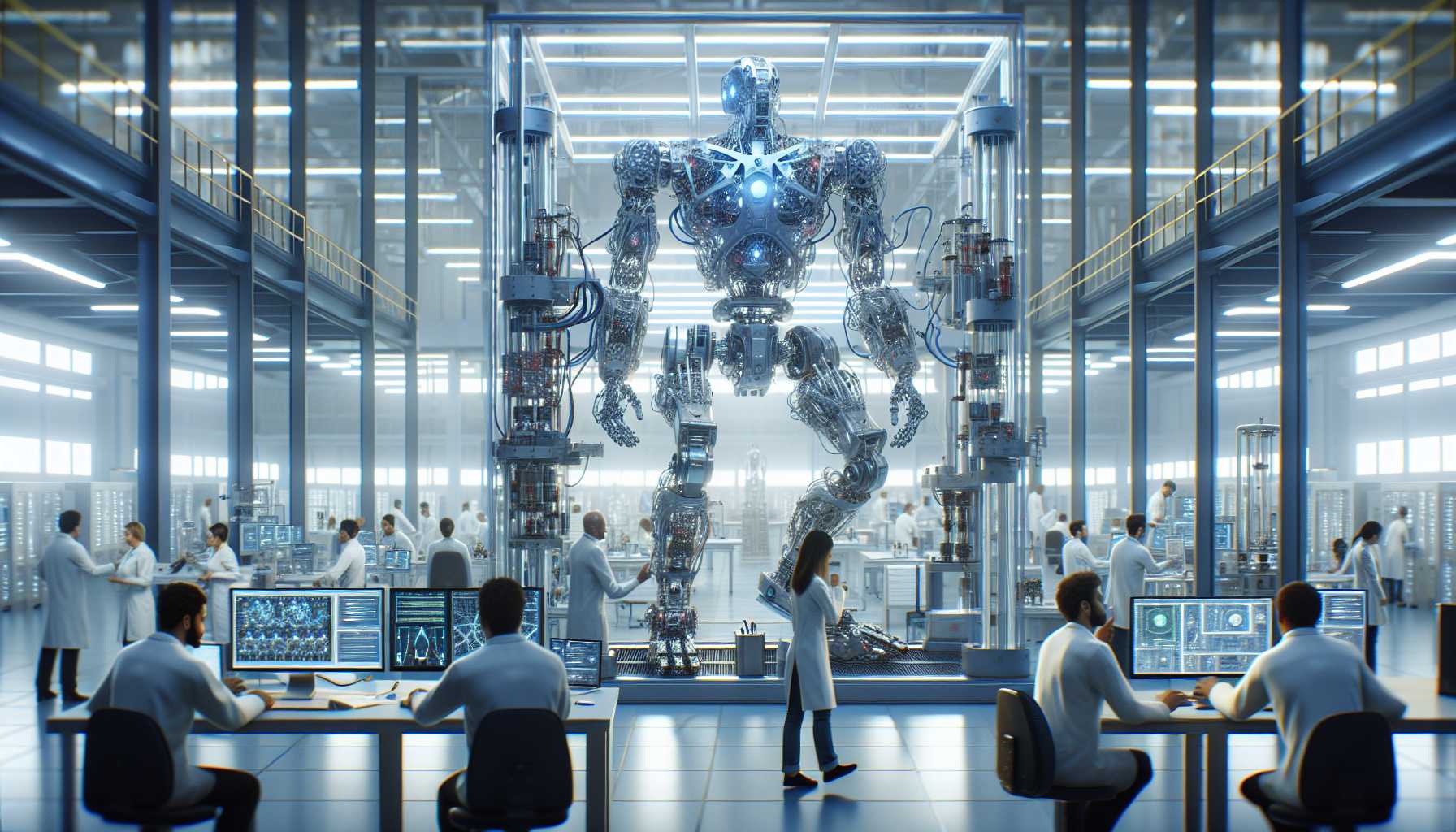 Envision a world where human strength is amplified, and mobility issues are alleviated, not by potions or superpowers, but by the clever convergence of technology and textiles. Robotic exoskeletons, historically confined to the realms of science fiction, have come a long way, carving out a niche in the tech ecosystem. They fall into two distinct tribes: industrial exoskeletons, beefing up workers with the ability to lift hefty loads minus the grunt, and assistive exoskeletons, whittling away the barriers faced by those with mobility impairments. My ongoing fascination with this technology isn’t just an idle curiosity. As a tech industry leader and investor, I recognize the potential of these innovations to rewrite the narrative for millions of individuals, both in workforce efficiency and quality of life.
Envision a world where human strength is amplified, and mobility issues are alleviated, not by potions or superpowers, but by the clever convergence of technology and textiles. Robotic exoskeletons, historically confined to the realms of science fiction, have come a long way, carving out a niche in the tech ecosystem. They fall into two distinct tribes: industrial exoskeletons, beefing up workers with the ability to lift hefty loads minus the grunt, and assistive exoskeletons, whittling away the barriers faced by those with mobility impairments. My ongoing fascination with this technology isn’t just an idle curiosity. As a tech industry leader and investor, I recognize the potential of these innovations to rewrite the narrative for millions of individuals, both in workforce efficiency and quality of life.
Soft Robotic Exoskeletons: Melding Comfort with High-tech Support
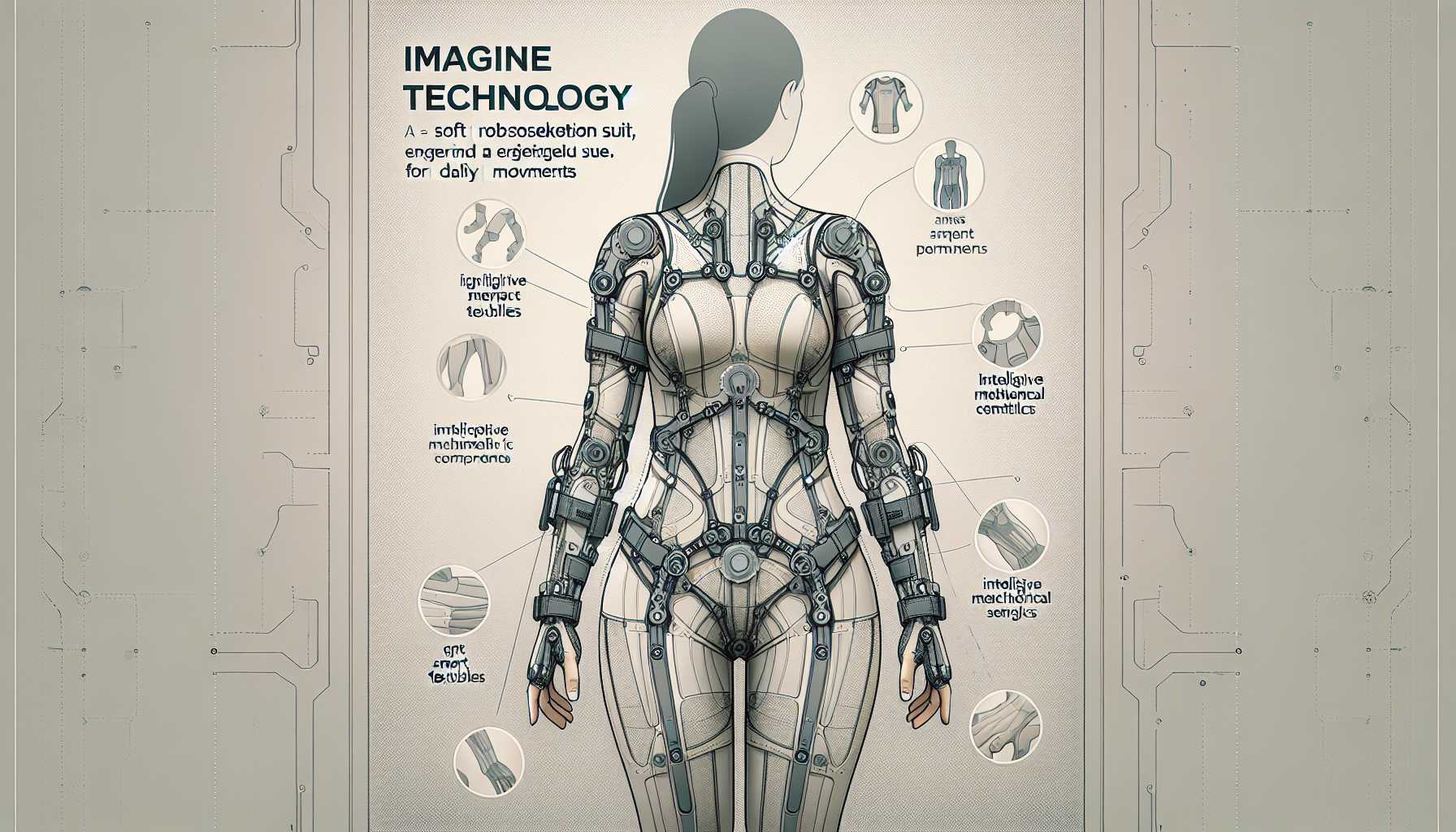 In the vanguard of this revolution are soft robotic exoskeletons that swap out rigid structures for the gentler hug of fabric. They’ve been specially crafted as day-to-day companions to make accessibility a constant rather than a challenge. Remarkably, these devices are tailor-made for a variety of mobility impairments, acknowledging one size doesn’t fit all. Parkinson’s disease, with its harrowing ability to freeze a person’s gait mid-step, increasing their risk of tumble and injury, is an ailment ripe for the picking by assistive technology. And while there is no shortage of attempts to overcome this ‘freezing’ phenomenon—from drugs to therapy to surgery—the results have remained stubbornly subpar, until now.
In the vanguard of this revolution are soft robotic exoskeletons that swap out rigid structures for the gentler hug of fabric. They’ve been specially crafted as day-to-day companions to make accessibility a constant rather than a challenge. Remarkably, these devices are tailor-made for a variety of mobility impairments, acknowledging one size doesn’t fit all. Parkinson’s disease, with its harrowing ability to freeze a person’s gait mid-step, increasing their risk of tumble and injury, is an ailment ripe for the picking by assistive technology. And while there is no shortage of attempts to overcome this ‘freezing’ phenomenon—from drugs to therapy to surgery—the results have remained stubbornly subpar, until now.
Groundbreaking Research: A Lifeline for Parkinson’s Sufferers
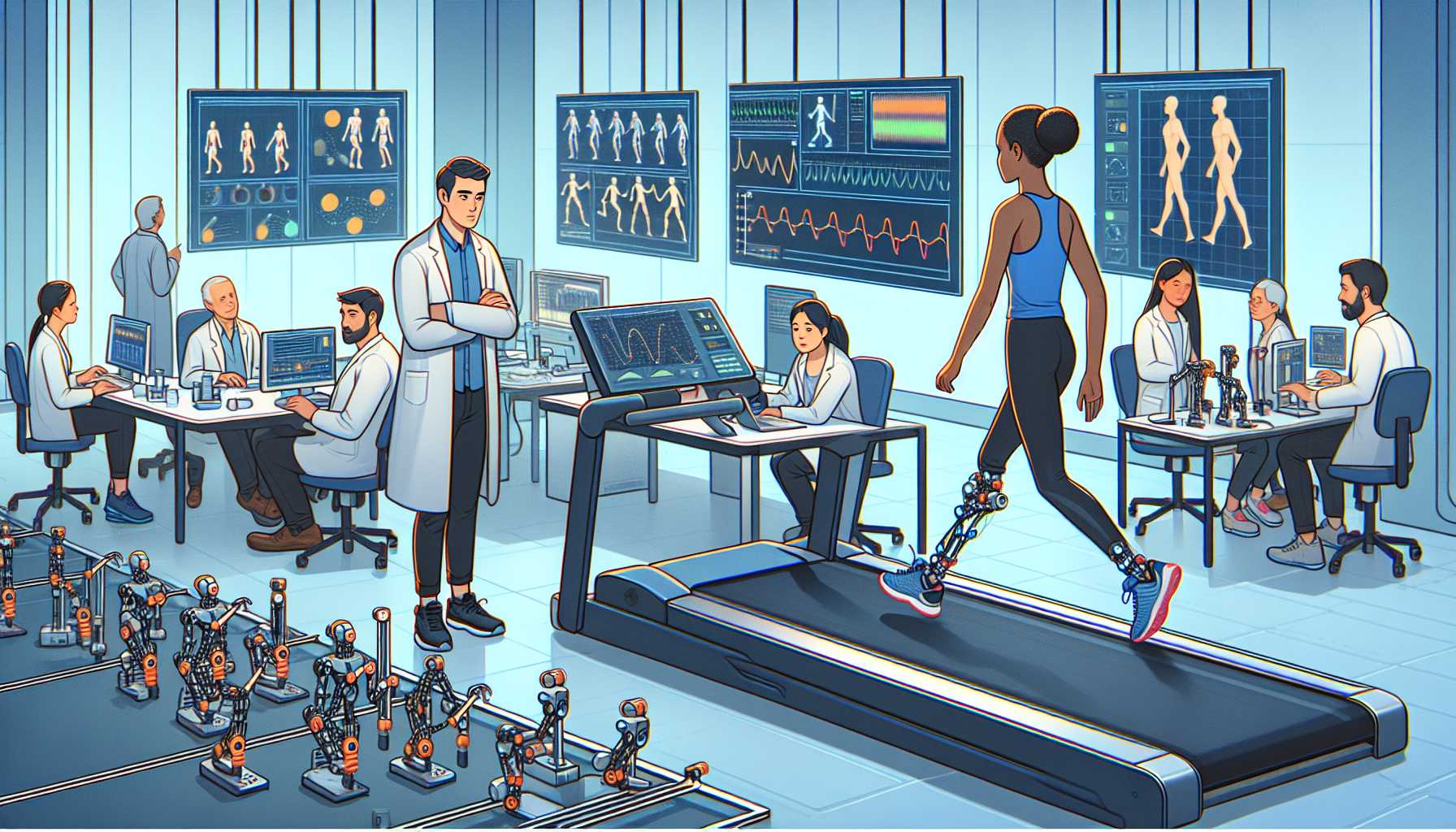 A team-up of Harvard and Boston University scholars has punched through previous limitations with a breakthrough in Nature Medicine. Their wearable device isn’t just a mechanical whim but a consideration of the human form—sensors to detect motion partnered with algorithms estimating gait, culminating in cable-driven actuators that spring to action when most needed. When Conor Walsh, Harvard professor extraordinaire, remarks that a “small amount of mechanical assistance” from these soft robotic apparels could wield such transformation, the statement is not hyperbole. The research team’s tryst with a 73-year-old Parkinson’s patient saw a decline from over ten freezing episodes a day to virtually none indoors, with a similar trend outdoors. Here’s tech for the people, boosting their walking distance and pace, a feat that medicine alone couldn’t achieve.
A team-up of Harvard and Boston University scholars has punched through previous limitations with a breakthrough in Nature Medicine. Their wearable device isn’t just a mechanical whim but a consideration of the human form—sensors to detect motion partnered with algorithms estimating gait, culminating in cable-driven actuators that spring to action when most needed. When Conor Walsh, Harvard professor extraordinaire, remarks that a “small amount of mechanical assistance” from these soft robotic apparels could wield such transformation, the statement is not hyperbole. The research team’s tryst with a 73-year-old Parkinson’s patient saw a decline from over ten freezing episodes a day to virtually none indoors, with a similar trend outdoors. Here’s tech for the people, boosting their walking distance and pace, a feat that medicine alone couldn’t achieve.
Instantaneous Impact: Transforming Lives Without a Learning Curve
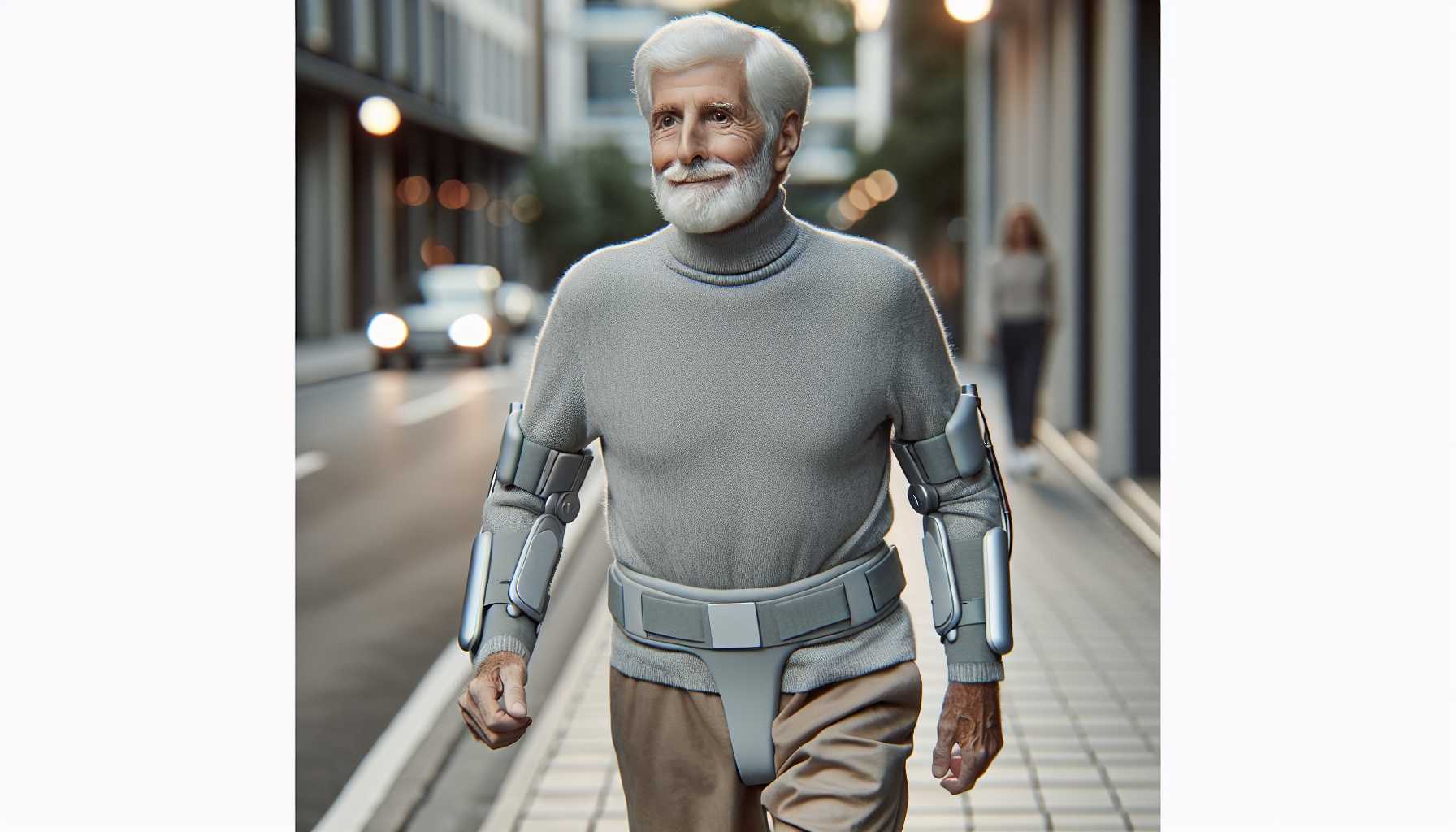 What’s breathtaking is the immediacy of the device’s impact. No longer would individuals need to endure grueling sessions to master the usage of their aids. Instead, they could get moving without pause—literally. The 73-year-old study participant could stroll and converse without his usual freezing stumbles, something that without the device, was a pipe dream.
What’s breathtaking is the immediacy of the device’s impact. No longer would individuals need to endure grueling sessions to master the usage of their aids. Instead, they could get moving without pause—literally. The 73-year-old study participant could stroll and converse without his usual freezing stumbles, something that without the device, was a pipe dream.
Mapping the Commercial Path: From Prototype to Public Use
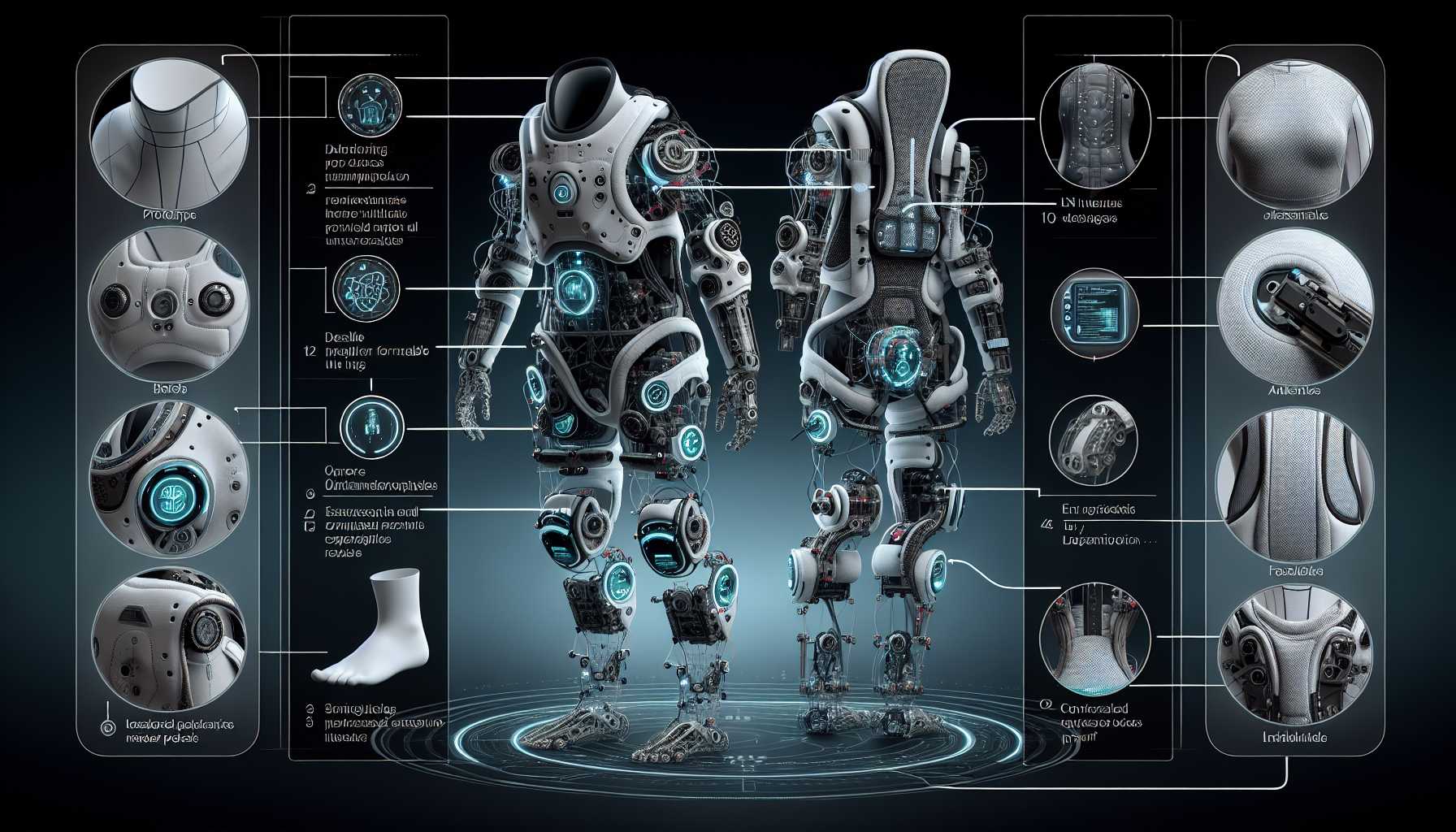 If history is any indication, we’re witnessing the gestation of a technological marvel that’s poised to enter the commercial mainstream. The same brains behind this exosuit for Parkinson’s patients previously engineered a variant for stroke survivors, one that’s earned its commercial stripes thanks to ReWalk Robotics. For those of us observing with an investor’s eye, the implications are twofold: an untapped market brimming with potential and a genuine chance to foster palpable positive change in society. The implications of commercial success here go beyond profits—societal, therapeutic, and, ultimately, deeply human implications await. In summary, the world of assistive robotics is on the cusp of a major leap forward with these soft robotic exoskeletons, and I, for one, will be watching this journey closely, eager to see the next chapter of this inspiring tale of technology and resilience.
If history is any indication, we’re witnessing the gestation of a technological marvel that’s poised to enter the commercial mainstream. The same brains behind this exosuit for Parkinson’s patients previously engineered a variant for stroke survivors, one that’s earned its commercial stripes thanks to ReWalk Robotics. For those of us observing with an investor’s eye, the implications are twofold: an untapped market brimming with potential and a genuine chance to foster palpable positive change in society. The implications of commercial success here go beyond profits—societal, therapeutic, and, ultimately, deeply human implications await. In summary, the world of assistive robotics is on the cusp of a major leap forward with these soft robotic exoskeletons, and I, for one, will be watching this journey closely, eager to see the next chapter of this inspiring tale of technology and resilience.





